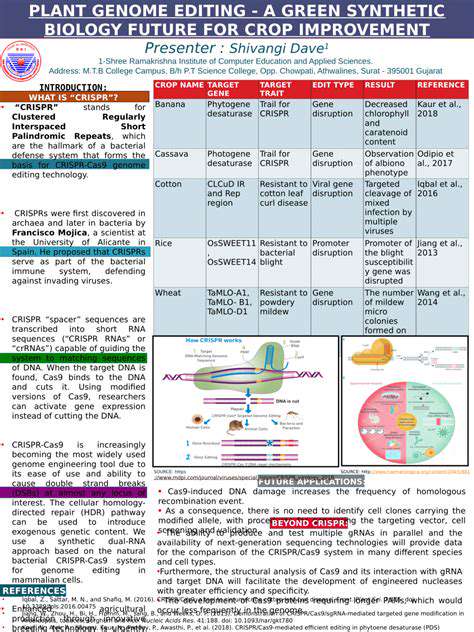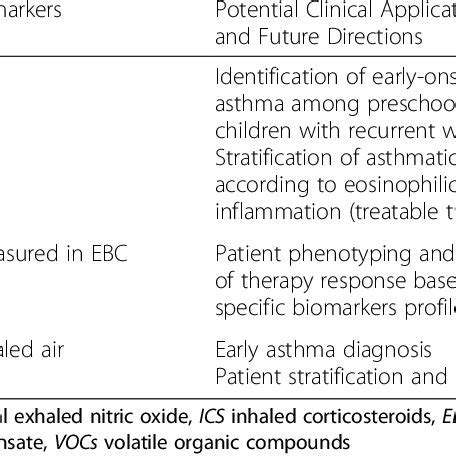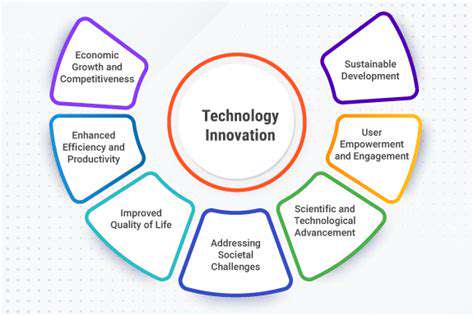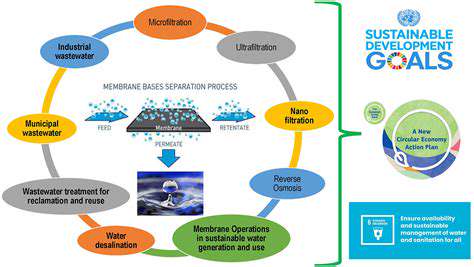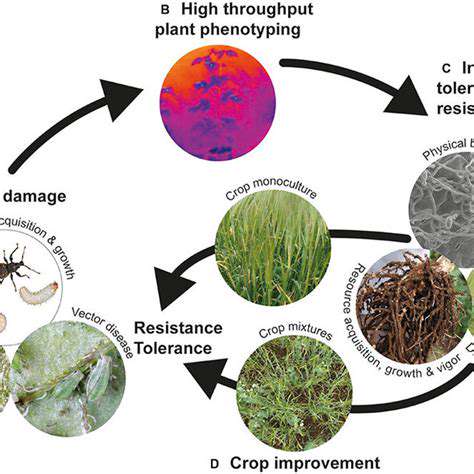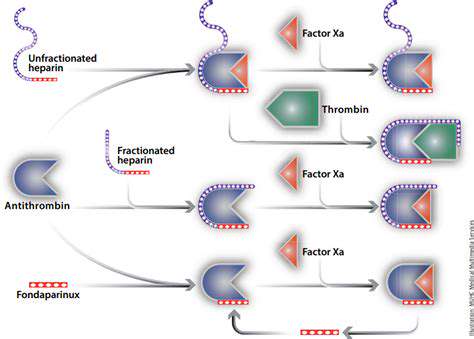
Developing Novel Biomaterials for Diverse Applications
Biomaterials for Tissue Engineering
Advancements in biomaterial design are revolutionizing tissue engineering, enabling the creation of scaffolds and constructs that mimic the natural extracellular matrix. These biomaterials must possess specific properties, such as biocompatibility, biodegradability, and mechanical strength, to support cell growth, proliferation, and differentiation. Researchers are exploring a range of materials, including hydrogels, polymers, and composites, to develop scaffolds with tailored architectures and functionalities for various tissues, from cartilage and bone to skin and blood vessels. This approach holds immense promise for regenerative medicine.
The precise control over the microenvironment within these biomaterials is crucial. Factors like porosity, surface chemistry, and mechanical properties significantly influence cell behavior. Careful consideration of these parameters allows for the creation of scaffolds that promote desirable cellular responses and ultimately lead to functional tissue regeneration.
Biodegradable Polymers for Drug Delivery
Biodegradable polymers are playing a critical role in the development of targeted drug delivery systems. These polymers, carefully chosen based on their biocompatibility and degradation profiles, can encapsulate therapeutic agents, releasing them at specific rates and locations within the body. This precision allows for improved efficacy and reduced side effects compared to traditional drug delivery methods. The ability to tailor the degradation rate of the polymer to match the desired drug release kinetics is a key advantage.
The controlled release of drugs using biodegradable polymers can significantly enhance therapeutic efficacy by preventing premature drug release and minimizing unwanted side effects. This approach also allows for the delivery of drugs to specific target tissues or organs, maximizing their therapeutic impact and minimizing systemic exposure.
Bioactive Glasses and Ceramics for Bone Regeneration
Bioactive glasses and ceramics, with their inherent bioactivity and ability to integrate with bone tissue, are emerging as promising biomaterials for bone regeneration. These materials can stimulate bone formation and promote the healing of bone defects. Their chemical compositions are carefully designed to induce a biological response that encourages bone cells to adhere, proliferate, and differentiate on the material surface. This approach offers a significant advantage over traditional bone grafting techniques.
Bioinspired Materials for Enhanced Functionality
Nature provides an endless source of inspiration for designing innovative biomaterials. Researchers are increasingly drawing upon natural structures and processes to develop bioinspired materials with enhanced functionalities. Mimicking the hierarchical structures and mechanical properties of biological tissues can lead to biomaterials with superior strength, elasticity, and biocompatibility. Examples include materials inspired by bone, spider silk, and seashells, which can be adapted for various biomedical applications.
The use of biomimetic approaches can result in biomaterials that exhibit improved mechanical properties, enhanced bioactivity, and tailored responses within the biological environment. These materials could revolutionize diverse fields, from tissue engineering to drug delivery.
Biomaterials for Diagnostics and Sensors
Biomaterials are not limited to therapeutic applications; they are also crucial for developing advanced diagnostic tools and biosensors. These materials can be designed to selectively bind to specific biomolecules, enabling the detection of diseases at their earliest stages. The development of highly sensitive and specific biosensors offers the potential for early disease diagnosis, personalized medicine, and continuous health monitoring. The potential for early intervention is immense.
The integration of biomaterials into biosensors can enhance the sensitivity and selectivity of detection, leading to more accurate and reliable diagnostic tools. Furthermore, the development of implantable sensors using biocompatible materials opens exciting possibilities for continuous health monitoring and personalized medicine, impacting patient care in a profound way.
Environmental Applications of Biomaterials
Beyond biomedical applications, biomaterials are also finding innovative uses in environmental remediation. Researchers are exploring the use of biocompatible polymers and composites to develop materials that can absorb pollutants, remove contaminants from water and soil, or even sequester carbon dioxide from the atmosphere. These materials offer potential solutions to pressing environmental challenges and hold promise for sustainable development. The potential to improve environmental quality is significant.
The development of biodegradable and compostable biomaterials for environmental applications represents a sustainable approach to pollution control. This technology could significantly reduce the environmental footprint of various industries and contribute to a more sustainable future.





